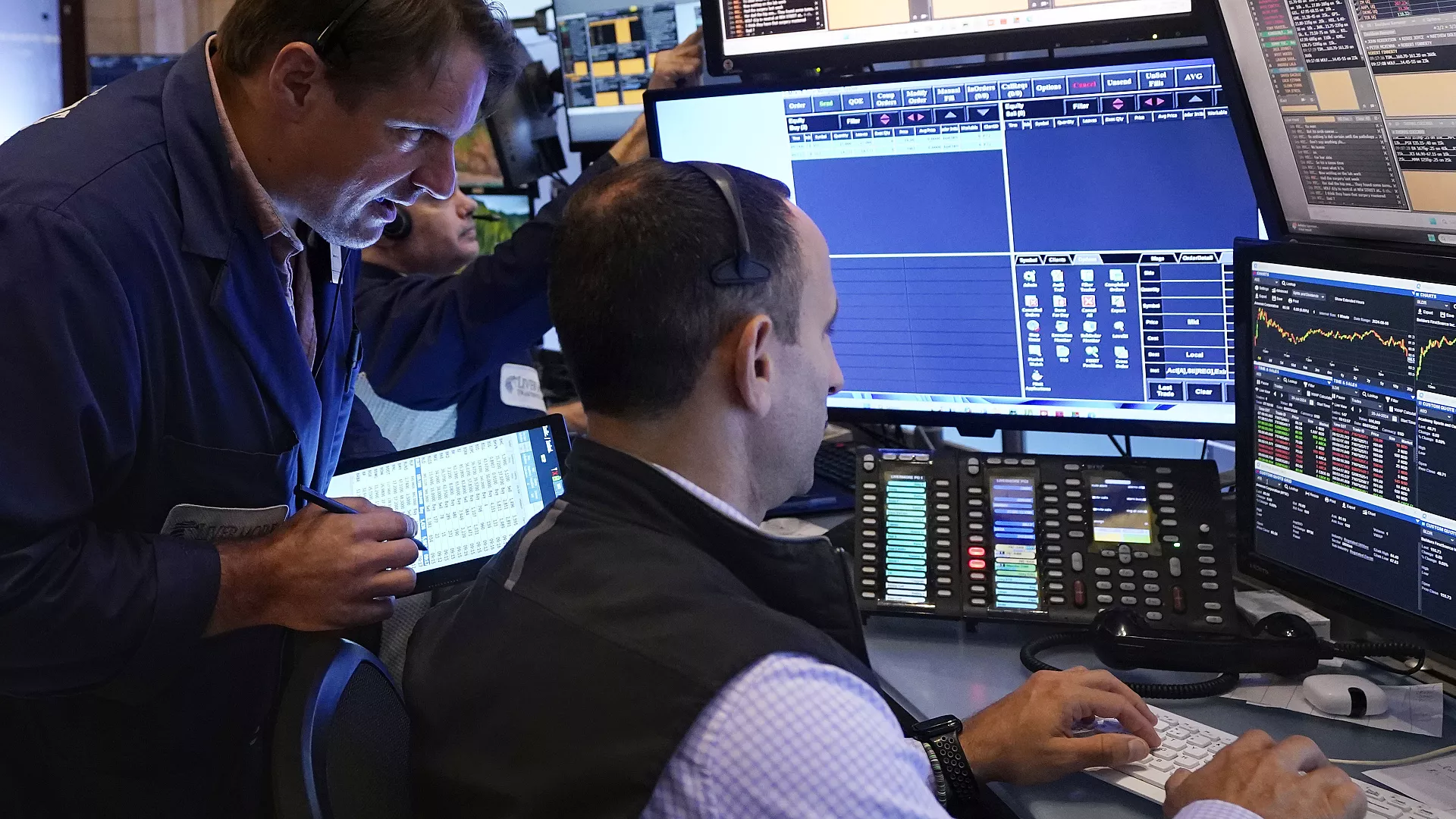Favorable market conditions in the eurozone and the UK and lower US inflation could prompt the US Federal Reserve to consider rate cuts. As the euro and pound strengthen, the Fed might feel pressured to adjust rates to maintain the competitiveness of the dollar.
Both the euro and stock markets across Europe climbed following the release of the US inflation data on Tuesday. Inflation in the US eased to 2.9% year-on-year in July, down from 3% in the previous month and below the expected 3%.
Coupled with the cooler-than-expected Producer Price Index (PPI) released on Tuesday, investors believe the data has solidified the case for a rate cut by the Federal Reserve (Fed) next month.
Markets are now even pricing in the possibility of a deeper cut of 0.5 percentage points.
Euro reads new high for the year
The euro rose above 1.1 against the US dollar, the highest level seen since January, following the release of US inflation data. The EUR/USD pair has surged by 3% since the end of June due to a softened US dollar.
The USD Index, which measures the dollar’s value relative to a basket of foreign currencies, fell to a four-month low. As the Fed is widely expected to commence its rate cuts from next month, global central banks are likely to enter a race to lower their interest rates, potentially leading to a currency war.
The euro has also strengthened significantly against the British pound after the UK released cooler-than-expected inflation data for July. The EUR/GBP pair rose by 0.44% to just under 0.86, reaching a one-week high on Wednesday, while the pound slid amid growing expectations that the Bank of England will implement further rate cuts this year. The euro also gained 2% against sterling in August, being perceived as a safe-haven currency during the global turmoil earlier in the month.
In early August, the euro also surged amid the global market turmoil, being viewed as a safe-haven currency. With more central banks joining the rate-cutting trend, the European Central Bank’s (ECB) meeting next month will be closely watched. An ECB official has signalled an additional two rate cuts in September and November this year. However, inflation in the eurozone showed signs of resurgence in July, complicating the bank’s rate cut outlook.
European markets climb amid risk-on sentiment
European stock markets were higher on Wednesday amid a broad-based rally following the release of US inflation data, with futures pointing to a higher open across Europe. Risk-on sentiment prevailed in global markets as expectations of lower interest rates are anticipated to boost economic growth and company valuations.
The Euro Stoxx 600 index rose by 0.43% to 504.11, reaching nearly a two-week high, led by the travel and leisure sector, which saw a 3% increase—the biggest one-day gain. Other regional markets also advanced, with the DAX up by 0.41% and the CAC 40 rising by 0.79%.
European markets have recovered most of the losses incurred during the global market turmoil at the beginning of August. Investment sentiment improved over the past week, fuelled by dip-buying and growing expectations that global central banks will accelerate rate cuts.
The gains were further bolstered by UBS’ strong quarterly earnings, with shares in the Swiss bank jumping by 5.3% after reporting profits that more than doubled market expectations. The finance sector gained 1.4% amid the optimism.
In addition, London stock markets extended their gains for the fourth consecutive session following the release of soft inflation data in the UK on Wednesday. The FTSE 100 rose by 0.6%, led by a 3.4% surge in the homebuilder sector, which is sensitive to interest rates.
In the near term, European stock markets may continue to benefit from global tailwinds amid optimism around central bank rate cuts.
However, softening economic data in the US, China’s slowdown, and the ongoing military conflicts in the Middle East and Ukraine will likely maintain a volatile environment in the global economy, potentially leading to further market fluctuations.



